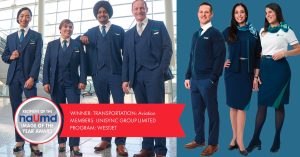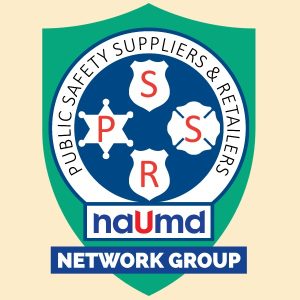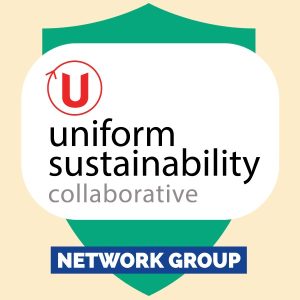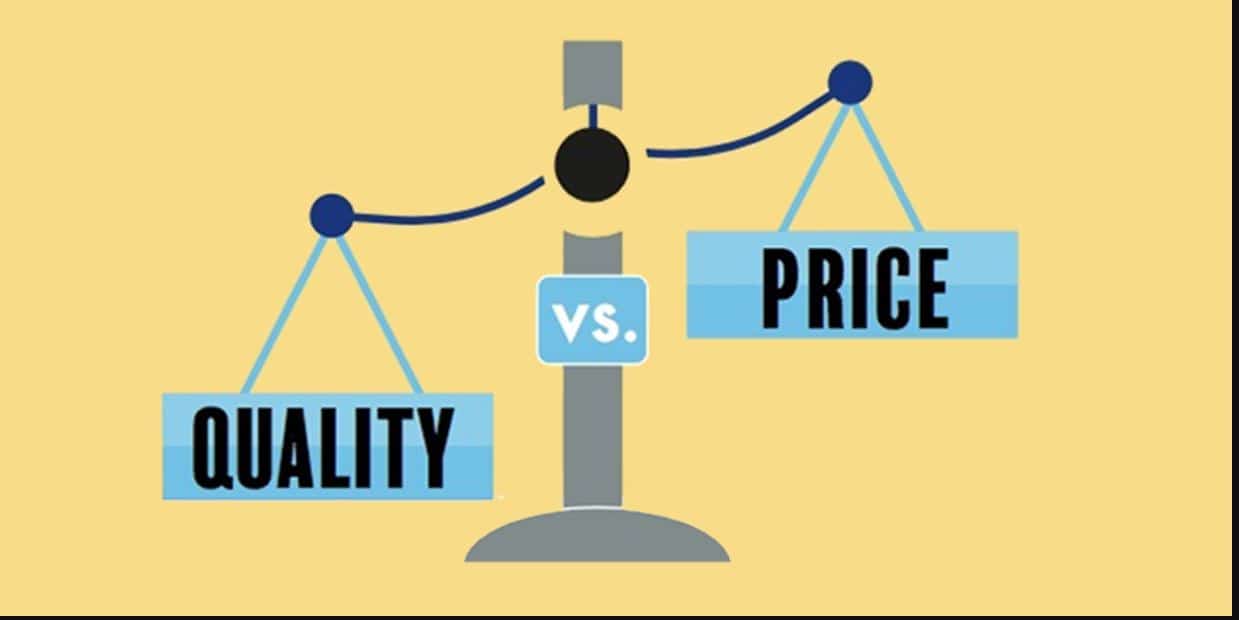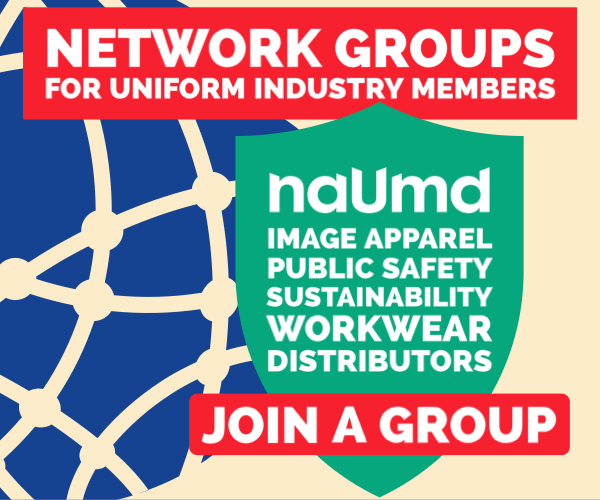When companies invest in employee uniforms, the first question is often, “How much will it cost?” Cost is a crucial factor, but it shouldn’t come at the expense of quality. A Good-Better-Best approach allows businesses to choose options that align with their budget without compromising durability, comfort, or professionalism.
The challenge is balancing cost and quality—opting for the cheapest choice may seem cost-effective upfront, but poor-quality uniforms lead to higher replacement costs, lower employee satisfaction, and a weaker brand image. The key is understanding total cost of ownership (TCO) and making informed decisions on fabric, branding, and functionality.
- Understanding Total Cost of Ownership (TCO)
The initial price of a uniform is just one part of the equation. Companies should consider:
Garment Lifespan: Higher-quality uniforms may cost more upfront but last longer, reducing frequent replacements.
- Maintenance Costs: Some fabrics require specialized care or industrial laundering, which will impact long-term costs.
- Employee Productivity: Well-designed, comfortable uniforms enhance performance and satisfaction, leading to fewer complaints and a more professional appearance.
By focusing on TCO rather than just upfront costs, businesses can achieve long-term savings while keeping quality standards.
- Choosing the Right Fabric for Durability and Comfort
Fabric choice is critical in balancing cost, performance, and comfort. Consider these options:
- Polyester & Polyester Blends: Cost-effective, durable, and shrink-resistant—ideal for industrial and service industries.
- Cotton-Rich Blends: Offers comfort but may shrink or fade over time. Blending with polyester enhances durability.
- Safety Fabrics: Fire-resistant (FR) and ANSI high-visibility options are available at various price points to accommodate different budgets.
- Technical Fabrics: Innovations like 37.5® technology help regulate body temperature, keeping wearers cool in hotter climates and warm in cold environments.
The right fabric choice ensures longevity, comfort, and proper protection for different work environments.
- Customization & Branding: Where to Invest and Where to Save
Adding company branding enhances a uniform’s professional look, but different customization methods vary in cost and durability:
- Screen Printing: A cost-effective choice for large orders but may wear out faster in high-use environments.
- Embroidery: Long-lasting and professional, but larger logos increase cost due to stitch counts.
- Heat Transfers & Sublimation: Ideal for larger logos and can be more affordable while maintaining vibrancy.
- Emblems & Patches: Higher upfront costs but last the garment’s lifetime, making them a cost-effective long-term choice.
Companies should consider the visibility and longevity of branding elements in relation to their budget and uniform lifespan. We have some great companies at NAUMD that specialize in logos. World Emblem, Penn Emblem, Heroes Pride and Fiberlok to name a few.
Fit and Functionality: Investing in the Right Design
A poorly fitting uniform affects comfort, efficiency, and employee confidence. When selecting a uniform program, consider:
- Gender-Inclusive Sizing: Offering a broad range of sizes ensures a better fit for all employees.
- Stretch & Flexibility: Mechanical stretch offers affordability, while spandex blends enhance movement at a higher cost.
- Pockets & Functional Features: Design elements can improve usability, but adding too many features may increase costs.
A well-designed uniform supports employee comfort and performance while aligning with budget constraints.
Balancing cost and quality in uniform programs require a strategic approach—considering fabric durability, branding, and functionality while keeping total cost of ownership in mind. A Good-Better-Best framework helps businesses choose the right solution for their workforce without sacrificing quality.
By making informed choices, companies can maintain a professional brand image, enhance employee satisfaction, and ensure long-term cost savings.





